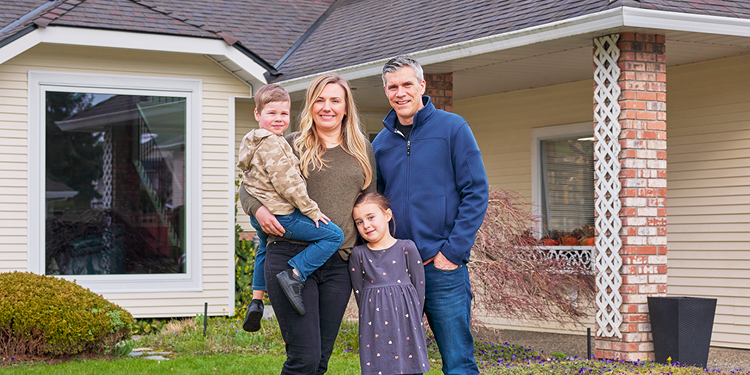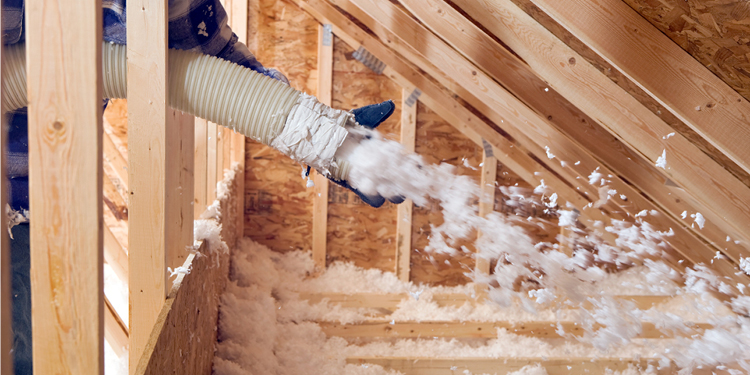How we’re transforming B.C.’s energy for a cleaner tomorrow
July 21, 2022
What does the future of energy look like? It’s a complicated question, but we’re dedicated to creating a cleaner tomorrow for all British Columbians.
In line with our Clean Growth Pathway to 20501 report, we’re working hard to support B.C.’s clean energy future with a range of energy solutions that includes harnessing power from our hydroelectric facilities, expanding our supply of renewable and low-carbon gases,2 and investing in innovative, energy-efficient technologies. Together with industry partners, government and local communities, we’re committed to supporting B.C.’s lower-carbon future with affordable, reliable and diversified energy solutions.
Let’s take a look at some of the actions we’re taking to help transform B.C.’s energy future:
- Expanding B.C.’s supply of renewable and low-carbon gases
- Advancing energy-efficient technologies
- Low-carbon transportation initiatives
Expanding B.C.’s supply of renewable and low-carbon gases
Renewable Natural Gas3 (RNG) and hydrogen both have the potential to reduce greenhouse gas (GHG) emissions by replacing conventional natural gas in our existing system. Because these low-carbon4 fuels have a vital role in transforming B.C.’s energy system, we’ve set a goal to drastically expand our current supply of renewable and low-carbon gases.
Progressing RNG
RNG is critical to a low-carbon future. But what is RNG? Well, when organic waste such as compost, cow manure or wood waste decomposes, it releases biogas, which is mostly composed of methane, a greenhouse gas. But instead of being released into the atmosphere, that raw biogas can be captured and purified to create low-carbon RNG.
RNG isn’t new to our gas system—we’ve been working with it for over a decade. But as we look to deliver a cleaner energy future for B.C., we can’t underestimate the central importance of RNG in a decarbonized gas system. The more we expand our supply of renewable and low-carbon gases, the less conventional natural gas we’ll use. We’re progressing towards our 2050 vision to replace 75 per cent of the natural gas running through our system with renewable and low-carbon gases—this includes RNG as well as hydrogen.
The importance of expanding B.C.’s renewable and low-carbon gas supply was recently affirmed in a study released earlier this year. This study stated that by 2050, the potential of renewable and low-carbon gases could double to as high as 440 petajoules per year.5 Replacing conventional natural gas with renewable and low-carbon gases could help homes and businesses across the province affordably reduce their GHG emissions. That’s why we’re proud to say our RNG supply is rapidly gaining momentum—we’ve tripled our supply of RNG in 2021, and we plan (at a minimum) to triple our supply again in 2022.
We’re working hard to expand our supply of RNG by creating new connections with suppliers. Take a look below at some of our current and upcoming suppliers:
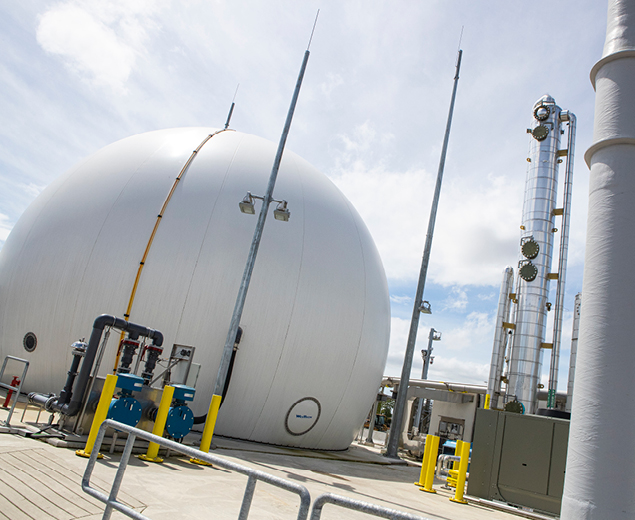
We capture and purify raw biogas from a range of facilities, including wastewater from Lulu Island’s Treatment Plant
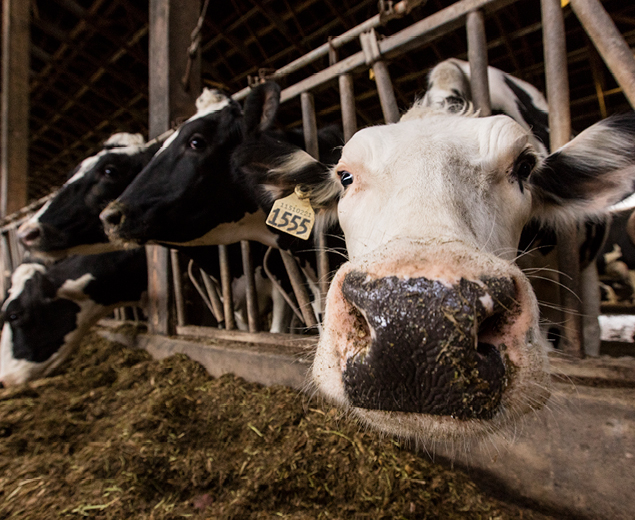
Cow manure from Seabreeze Farms
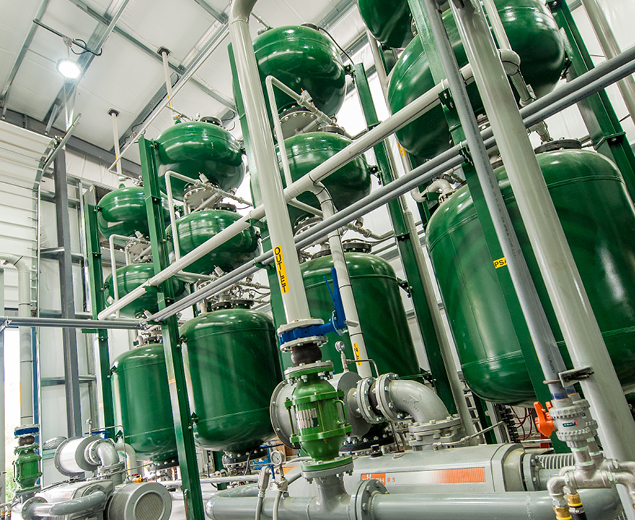
Waste from Kelowna’s landfill
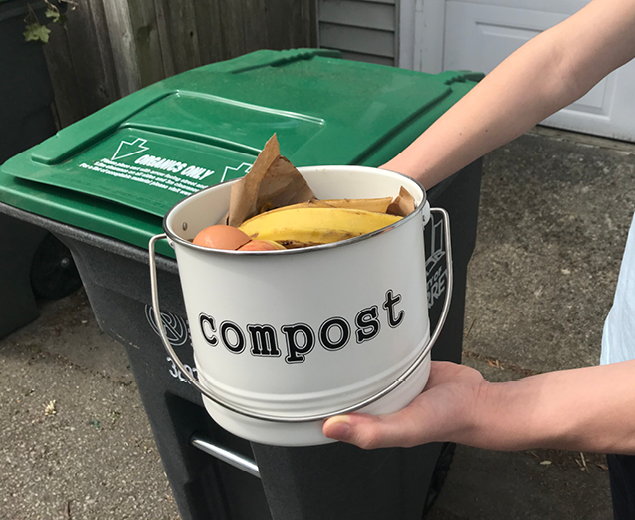
Compost from municipal organics
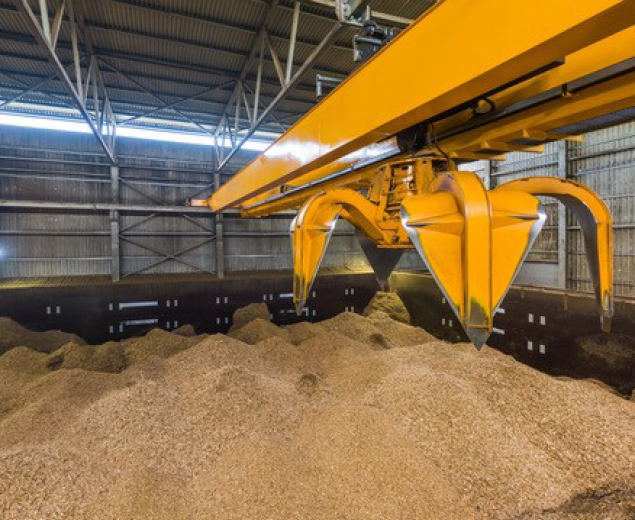
And soon, wood waste from REN Energy
Funding hydrogen research
We’re still in the early days of development, but we believe hydrogen is essential to transforming B.C.’s energy future. Hydrogen gas doesn’t emit any carbon dioxide when burned; instead, it mostly produces water vapour. By developing strategies to safely integrate hydrogen into our existing gas lines, we can reduce GHG emissions by replacing conventional natural gas.
To help advance the development of hydrogen, we invested $500,000 with the School of Engineering at the University of British Columbia’s Okanagan campus to study how to blend hydrogen, safely and reliably, into our existing system. We estimate that our current gas system could support up to a 20 per cent hydrogen blend volume.
But our strides with hydrogen go beyond research. For instance, we’ve recently partnered with Suncor Energy (Suncor) and Hazer Group Limited (Hazer) to bring innovative technology to B.C. Located at Suncor’s Burrard Terminal site, this new pilot facility will use methane pyrolysis technology to produce clean-burning hydrogen from natural gas.
If the project scales to a full commercial build out, we expect the facility to produce up to 2,500 tonnes of hydrogen per year. That’s enough to replace the equivalent annual natural gas use of approximately 3,300 homes in B.C. The first phase of this project is underway and we expect to have a prototype version of the Hazer hydrogen reactor onsite by the end of 2023.
Advancing energy-efficient technologies
We’re working hard to rapidly increase access to energy-efficient upgrades and innovative technologies to help customers lower their GHG emissions as well as reduce their energy bills. By advancing our conservation and energy management programs, we continue to support residential and commercial customers with rebate offers and innovative technologies.
Increased investment in rebate programs
After a record-breaking year for investment in conservation and energy management, we’ve surpassed our annual energy savings goal. But this investment in efficiency isn’t just paying off in reduced energy consumption, it’s also leaving more money in customers’ pockets.
In 2019, the B.C. Utilities Commission approved our request to double our spending on conservation and energy efficiency programs that year and triple this spending by 2022. This means an investment increase to $368.5 million over the 2019-2022 period. In 2021 alone, we invested close to $120 million in energy-efficiency programs—that’s the largest investment in energy savings by a B.C. utility to date.
But how has this spending impacted GHG emissions? Well, our conservation and energy efficiency programs in 2021 resulted in decreasing GHG emissions by more than 750,000 tonnes of CO2e—that’s the equivalent to removing almost 18,000 gas-powered cars, each with a lifespan of 12 years, permanently from the road.6 With the unprecedented global need to reduce GHG emissions, we’re more encouraged than ever to continue to support B.C. with increased investment in rebate programs.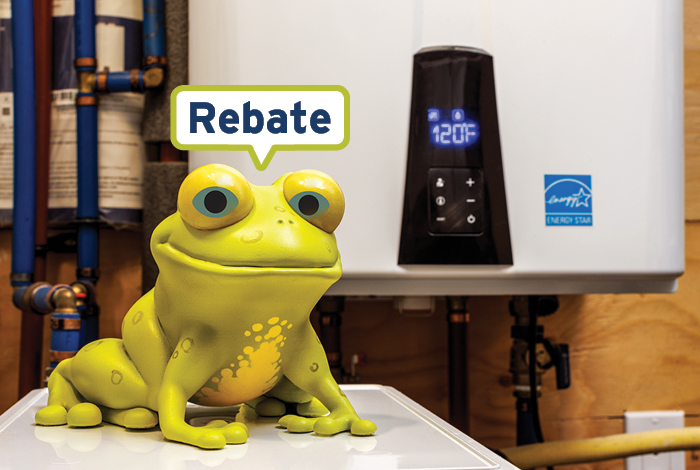
Developing energy-efficient technology
In addition to offering rebates on electric heat pumps, we’re proud to introduce our customers to gas absorption heat pumps, a new, innovative heating system that can reach more than 100 per cent efficiencies.7
Gas absorption heat pumps are the latest development in air-exchange equipment for commercial buildings. These units use energy to capture heat from ambient outdoor air to heat buildings, water and/or to be used for ventilation. Gas heat pumps can reach more than 100 per cent efficiencies because they take in heat from outdoor ambient air as an additional energy source to supplement natural gas.
In recent news, 13 organizations in our early adopter’s program have installed gas absorption heat pump technology. We will be working with these organizations over the next two years to measure and verify the energy savings from these units. We’ve also opened a gas absorption heat pump pilot program for residential customers. This program will give customers the ability to upgrade to the next generation of high-efficiency gas equipment, helping them lower GHG emissions and reduce energy consumption.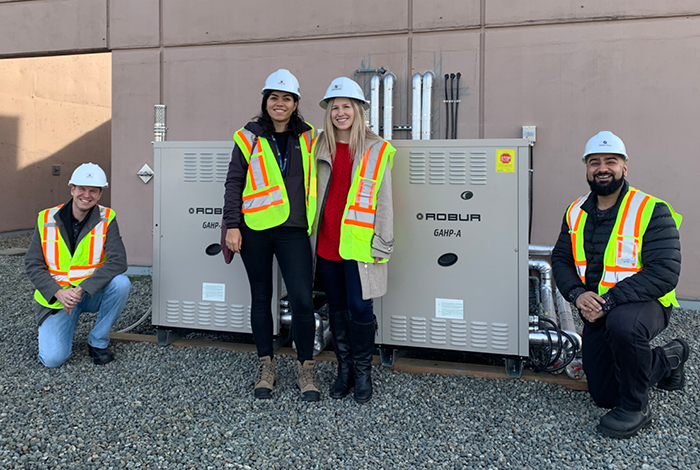
Our innovative technologies team members have tested Robur gas heat pumps at seven commercial sites across B.C. to study their real-world performance.
Low-carbon transportation initiatives
The transportation sector is responsible for around 40 per cent of B.C.’s total GHG emissions.8 A significant reduction in emissions is needed across all sectors; however, by investing in low-carbon fuels like compressed natural gas (CNG) and liquefied natural gas (LNG), we can work to drastically reduce B.C.’s transportation emissions.
Supporting low-carbon commercial vehicle fleets
We’ve expanded low-carbon transportation by partnering with courier services like UPS. In 2018, we announced a milestone for transportation initiatives by working with UPS to construct a new, custom-built CNG fuelling station in Richmond. The world’s largest package delivery company now commands a low-carbon fleet of over 2,900 package cars, tractors and shifters. Today, more than 40 per cent of the UPS fleet in Canada runs on alternative fuels. UPS Canada now joins over 800 transit buses, commercial vehicles and freight vehicles fuelled by natural gas here in B.C.
Benefits of fuelling with CNG and LNG compared to diesel or gasoline:
- Reduced GHG emissions: Natural gas vehicles emit up to 30 per cent less GHG emissions.9
- Lower nitrogen oxides (NOx): Natural gas vehicles emit up to 95 per cent less NOx. These gases can be harmful to human health and the environment, and are one of the primary contributors to the formation of ground-level ozone.10
- Improved air quality: Vehicles powered by CNG or LNG produce virtually no particulate matter, a harmful microscopic component of air pollution that penetrates deeply into the lungs.
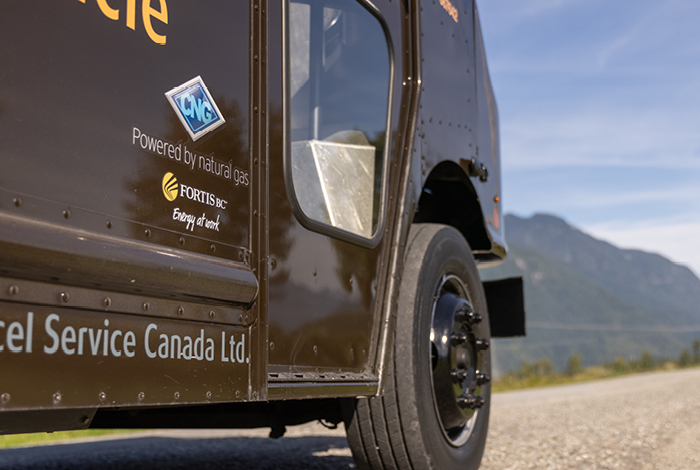
Improving EV charging infrastructure
Every year we see more and more electric vehicles (EVs) on the road. As the demand for EVs continues to rise, so will the need for reliable and convenient charging stations. That’s why we’re working with municipalities and other organizations to build more charging stations across B.C. to give EV commuters greater range when planning trips.
In 2021, we added 10 new charging stations across B.C.’s Southern Interior. By the end of the year, we had a total of 40 EV chargers in 22 different communities. We’re excited to say our direct current fast charging network exceeded 10,000 charges by September 2021. As EV demand continues to increase across B.C., we expect to double this figure by the end of 2022.
Reducing GHG emissions on marine vessels by up to 30%
Here’s some bad news: international ships going to and from B.C.’s ports produce more GHG emissions than the entire province combined.11 And beyond higher GHG emissions, conventional marine fuels contribute to smog and poor local air quality.
The good news? Using LNG as a marine fuel offers a substantial reduction in GHG emissions compared to oil-based fuels like diesel. If ships going to and from B.C.’s ports used LNG from our facilities, GHG emissions could be reduced by up to 30 per cent. In addition, particulate matter could be reduced by up to 99 per cent and sulphur oxides could be reduced by almost 100 per cent compared to the same conventional marine fuels.12
Together with partners across the province, we’ve had early success in advancing LNG in B.C.’s marine sector. By the end of this summer, for example, we’ll supply LNG for 10 domestic marine vessels—six for B.C. Ferries and four for Seaspan Ferries Corporation. But emissions reduction won’t stop there—we’re busy expanding our supply of RNG, and as marine operators continue to convert ships to LNG, the transition to RNG in LNG-powered vessels could be easily adopted.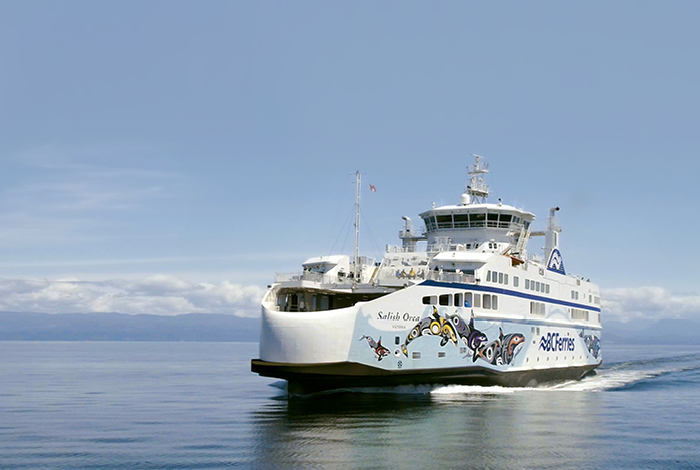
So, what does the future of energy look like?
Together with government, industry and local communities, we’re leading the way on delivering a range of solutions to help transform B.C.’s energy future. By increasing our supply of renewable and low-carbon gases to expanding access to innovative technology, we’re working hard to create a cleaner future for all British Columbians.
Together, we’re making progress—that’s energy at work.
1Clean Growth Pathway to 2050
2FortisBC uses the term renewable and low-carbon gas to refer collectively to the low-carbon gases or fuels that the utility can acquire under the Greenhouse Gas Reduction (Clean Energy) Regulation, which are: Renewable Natural Gas (also called RNG or biomethane), hydrogen, synthesis gas (from wood waste) and lignin. FortisBC’s renewable and low-carbon gas portfolio currently includes only Renewable Natural Gas. Other gases and fuels may be added to the program over time. Depending on their source, all of these gases have differing levels of lifecycle carbon intensity. However, all of these gases are low carbon when compared to the lifecycle carbon intensity of conventional natural gas. The current burner tip emission factor of RNG is 0.29 grams of carbon dioxide equivalent per megajoule of energy (gCO2e/MJ) and the current renewable and low-carbon gas portfolio lifecycle emissions are -22 gCO2e/MJ. This is below B.C.’s carbon intensity threshold for low-carbon gases of 36.4 gCO2e/MJ set out in the 2021 B.C. Hydrogen Strategy.
3Renewable Natural Gas (also called RNG or biomethane) is produced in a different manner than conventional natural gas. It is derived from biogas, which is produced from decomposing organic waste from landfills, agricultural waste and wastewater from treatment facilities. The biogas is captured and cleaned to create Renewable Natural Gas.
4When compared to the lifecycle carbon intensity of conventional natural gas. The burner tip emission factor of FortisBC’s current Renewable Natural Gas (also called RNG or biomethane) portfolio is 0.29 grams of carbon dioxide equivalent per megajoule of energy (gCO2e/MJ). FortisBC’s current RNG portfolio lifecycle emissions are -22 gCO2e/MJ. This is below B.C.’s low carbon threshold for lifecycle carbon intensity of 36.4 gCO2e/MJ as set out in the 2021 B.C. Hydrogen Strategy.
5B.C. Renewable and Low-Carbon Gas Supply Potential Study; page 4.
6According the Natural Resources Canada, Greenhouse Gas Equivalency Calculator, one tonne of carbon emissions is equivalent to 426 litres of gasoline. Calculation assumes an SUV with a 65-litre gas tank.
7Coefficient of performance (COP) and gas usage efficiency (GUE) results of more than 1.0 were achieved in correctly sized systems with dynamic controls, as recorded by Building Energy Solutions (BES) Ltd. in its Measurement & verification report for the natural gas absorption heat pump pilot, phase 3 and 4, September 9, 2021.
8Clean Growth Pathway to 2050; page 5.
9Northwest Gas Association, Natural gas facts; page 15.
10Common air pollutants: nitrogen oxides; Environment and natural resources, Government of Canada.
11Clean Growth Pathway to 2050; page 6.
12Depending on the engine type. Lifecycle GHG Emissions of the LNG Supply at the Port of Vancouver: 2nd Project Phase; thinkstep, 2020.

